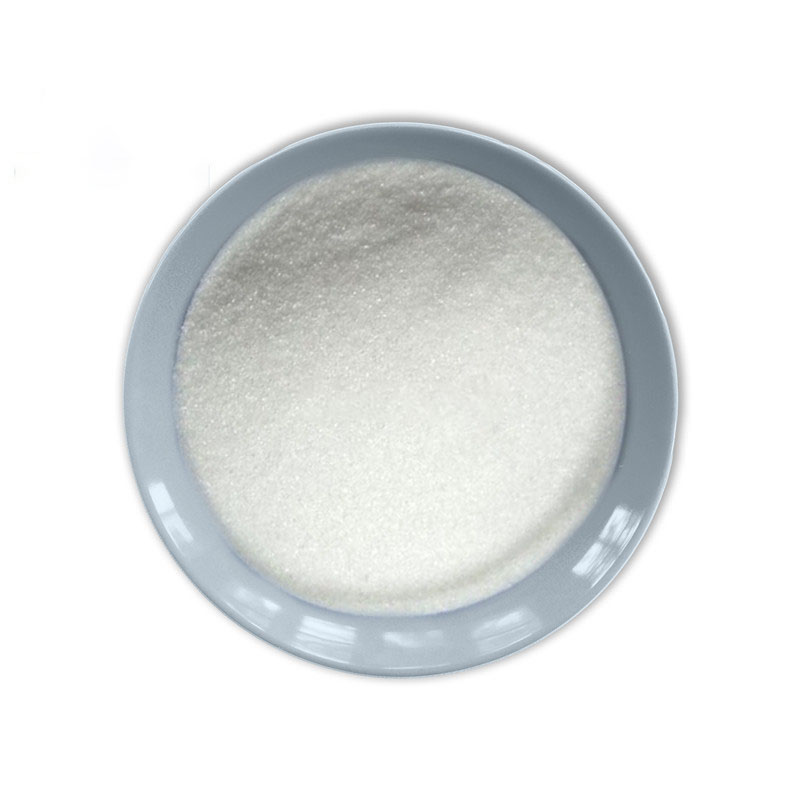Citric Acid Anhydrous | 77-92-9
Products Description
Citric acid is a weak organic acid. It is a natural preservative conservative and is also used to add an acidic or sour, taste to foods and soft drinks. In biochemistry, the conjugate base of citric acid, citrate, is important as an intermediate in the citric acid cycle and therefore occurs in the metabolism of virtually all living things.
It is colorless or white crystalline powder and mainly used as an acidulant, flavoring and preservative preservative in foods and beverages. It is also used as an antioxidant, plasticizer and detergent, builder.
Used in food, beverage industries as an acidulous agent, flavoring used in food, beverage industries as an acidulous agent, flavoring agent, and preservative, also used in detergent, electric plating, and chemical industries as an oxidation inhibitor, plasticizer, etc.
Citric acid is an organic acid found a variety of fruits and Acidity regulators vegetables, but it is most concentrated in lemons and limes. It is a natural preservative and is also used to add an acidic (sour) taste to foods and soft drinks. In biochemistry, it is important as an intermediate in the citric acid cycle or Krebs cycle (see the last paragraph) and therefore occurs in the metabolism of almost all living things. Excess citric acid is readily metabolized and eliminated from the body. Citric acid is an antioxidant. It is also used as an environmentally friendly cleaning agent.
Function & Application
For the food industry Because citric acid has a mild and sour acidity, it is commonly used in the manufacture of various beverages, sodas, wines, candies, snacks, biscuits, canned juices, dairy products and the like. In the market of all organic acids, citric acid market share of more than 70%, flavoring agents, can also be used as antioxidants in edible oils. At the same time improve the sensory traits of food, enhance appetite and promote the digestion and absorption of calcium and phosphorus substances in the body. Anhydrous citric acid is used in large quantities in solid beverages Salts of citric acid such as calcium citrate and ferric citrate are fortifiers that require the addition of calcium and iron ions in certain foods.
Specification
| Item | BP2009 | USP32 | FCC7 | E330 | JSFA8.0 |
| Characters | Colourless Crystal or White Crystal powder | ||||
| Identification | Pass test | ||||
| Clarity and Color of solution | Pass test | Pass test | / | / | / |
| Light transmittance | / | / | / | / | / |
| Water | =<1.0% | =<1.0% | =<0.5% | =<0.5% | =<0.5% |
| Content | 99.5%~100.5% | 99.5%~100.5% | 99.5%~100.5% | >=99.5% | >=99.5% |
| RCS | Not exceeding | Not exceeding | A=<0.52,T>=30% | Not exceeding | Not exceeding |
| the STANDARD | the STANDARD | the STANDARD | the STANDARD | ||
| Calcium | / | / | / | / | Pass test |
| Iron | / | / | / | / | / |
| Chloride | / | / | / | / | / |
| Sulphate | =<150ppm | =<0.015% | / | / | =<0.048% |
| Oxalates | =<360ppm | =<0.036% | No turbidity forms | =<100mg/kg | Pass test |
| Heavy metals | =<10ppm | =<0.001% | / | =<5mg/kg | =<10mg/kg |
| Lead | / | / | =<0.5mg/kg | =<1mg/kg | / |
| Aluminium | =<0.2ppm | =<0.2ug/g | / | / | / |
| Arsenic | / | / | / | =<1mg/kg | =<4mg/kg |
| Mercury | / | / | / | =<1mg/kg | / |
| Sulphuric acid ash content | =<0.1% | =<0.1% | =<0.05% | =<0.05% | =<0.1% |
| water-insoluble | / | / | / | / | / |
| Bacterial endotoxins | =<0.5IU/mg | Pass test | / | / | / |
| Tridodecylamine | / | / | =<0.1mg/kg | / | / |
| polycyclic aromatic | / | / | / | / | =<0.05(260-350nm) |
| hydrocarbons (PAH) | |||||
| isocitric acid | / | / | / | / | Pass test |
| Item | BP2009 | USP32 | FCC7 | E330 | JSFA8.0 |
| Characters | Colourless Crystal or White Crystal powder | ||||
| Identification | Pass test | ||||
| Clarity and Color of solution | Pass test | Pass test | / | / | / |
| Light transmittance | / | / | / | / | / |
| Water | =<1.0% | =<1.0% | =<0.5% | =<0.5% | =<0.5% |
Package: 25 kgs/bag or as you request.
Storage: Store at a ventilated, dry place.
Standards excuted: International Standard.
Professional technical engineer dedicated to guide you
According to your actual needs, choose the most reasonable overall design and planning procedures
